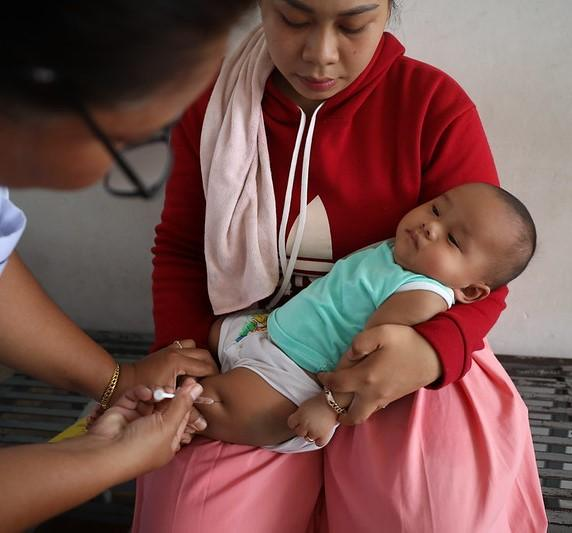Global childhood immunization progress leveled off in 2023, with 2.7 million more children with no or insufficient protection against serious diseases than in 2019, highlighting the need for an immunization push and to strengthen the system going forward, the World Health Organization (WHO) and UNICEF announced today.
The new data on vaccination against 14 serious diseases in 185 countries show that 14.5 million children have received no doses of a key childhood vaccine, that almost 35 million aren't protected against measles, and that the global coverage hasn't returned to prepandemic levels.
"The latest trends demonstrate that many countries continue to miss far too many children, UNICEF Executive Director Catherine Russell, JD, said in a joint news release. "Closing the immunization gap requires a global effort, with governments, partners, and local leaders investing in primary healthcare and community workers to ensure every child gets vaccinated, and that overall healthcare is strengthened."
Over half of unvaccinated children live in 31 fragile, conflict-affected countries with frequent lack of access to safety, food, and healthcare. "These trends, which show that global immunization coverage has remained largely unchanged since 2022 and—more alarmingly—has still not returned to 2019 levels, reflect ongoing challenges with disruptions in healthcare services, logistical challenges, vaccine hesitancy and inequities in access to services," the statement said.
Progress stalls against DTP, measles
The number of children who received three doses of the diphtheria, tetanus, and pertussis (DTP) vaccine plateaued at 108 million (84%) in 2023, while those who didn't receive even one dose rose to 14.5 million the same year, up from 13.9 million the year before. And 6.5 million youth received only two doses, the news release said.

















